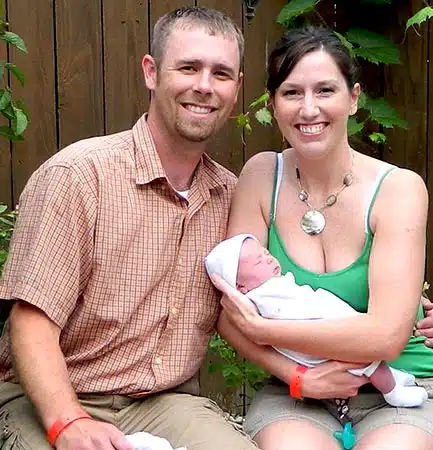Open Adoption Facts

Adoptions of any kind are complex. Open adoptions have their own set of facts, concerns, myths, and stereotypes that may not apply to closed adoptions. Read through these facts for a quick overview about open adoption. Share them with anyone who may have questions or concerns of their own.
Fact: Open adoptions have a higher success rate than closed adoptions.
It is only natural for a birth mother to question her decision to choose adoption for her child. If she does not have the opportunity to meet and get to know the adoptive parents, she may change her mind before the adoption is complete. Conversely, an open adoption allows the birth mother to see the love and support the child will receive from the adoptive family. This makes her less likely to change her mind as she feels more secure in her decision.
Fact: An open adoption is usually the healthiest option for the child.
A child who grows up knowing the details about his or her birth parents is more secure than a child who is kept in the dark. The child never has to question where he or she came from, why the adoption happened, and why the birth mother chose the adoptive parents. A closed adoption can leave a child feeling incomplete. They may feel like a part of them is missing.
Fact: Birth parents and adoptive parents have clear contact agreements before the adoption is complete; the adoptive parent will always know when the birth mother is visiting.
Before adoption, the adoptive parents and the birth mom create a document called a Contact Agreement. This document lists the exact frequency, duration, location, and type of visits. It also includes which biological family members may interact with the child. There is no increased risk of surprise visits in an open adoption.
Fact: Open adoptions help children to develop deep, lasting bonds with their adoptive parents.
A common fear is that children will attempt to leave home when they get older. As teenagers, they may want to move in with their birth parents. This happens more frequently with closed adoptions than with open ones. In closed adoptions, children may seek out their biological parents to ask questions. They may have grown up fantasizing about who their biological parents may be. With open adoptions, the children know the birth mother chose their parents for a specific reason. This helps them to feel closer to their adoptive parents.
Fact: Birth parents are very supportive of the adoptive parents’ roles.
The primary concern of birth parents is to help the child to receive the best life possible. The fear that they will in some way undermine the adoptive parents is not founded in reality.
Fact: Open adoptions are affordable for most families.
The exact cost of an open adoption varies. However, many families can afford to pursue adoption. The average cost of an adoption may be between $10,000 and $40,000; roughly the cost of a new car. These fees cover the cost of attorney representation, court visits, home studies, counseling, training sessions, and matching services. Sometimes the cost also includes medical care, housing, and other expenses for the birth mother.
